Real Property Law
Interview With Attorney Jeremy Olsan
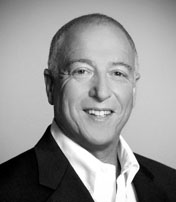
Today I am speaking with Jeremy Olsan a long-time contributing member of our section. He practices in Sonoma County with Perry, Johnson, Anderson, Miller & Moskowitz, LLP.
So you have been a member of the real property law section executive committee. When did you join and why?
I was appointed by the State Bar in 2016. I joined because I’d been involved in leadership in many social service and community service nonprofits for decades, but after 25 years as a California lawyer, I had never volunteered to help within our profession aside from giving a few CLE presentations to the Sonoma County Bar Association.
Serving the RPLS was literally in my blood, so one might wonder what took me so long to get involved. My stepdad, Burt Fohrman, was a founder of the RPLS in the 1970s, and my mom Raleigh Fohrman was the founding editor of the Real Property Law Journal. What took me so long…simple: I’d been balancing being busy with the other nonprofits I’ve been involved with, managing a busy practice, my love for family time, getting in as much exercise and recreation as possible, and of course, sleeping.
What are your fondest memories of working with the executive committee?
All the fun of being with our colleagues at our section retreats after the planning is done, and there’s nothing more to do but enjoy the great company, food and wine, and great learning opportunities. Also, hosting the committee, with my parents, at my property in Sonoma County in 2015.
What has been the most rewarding aspect of working on the committee?
Fun with other lawyers who are leaders in their fields of practice. I never associated much socially with other lawyers until now. Maybe that’s because I had a career before attending law school and had a social network that was separate from my classmates, and that separation just translated to my work life. However, I had no idea what I was missing. Being an Ex Comm member has opened doors of friendship, not just opportunities to grow as an attorney.
4. Tell me about your other volunteer activities. I see you do work with the Redwood Empire Food Bank and the Career Technical Education Foundation. What do they do?
I chair the Governance Committee of the Redwood Empire Food Bank, where our mission is to end hunger in our community. The Redwood Empire Food Bank (“REFB”) is the largest hunger-relief organization serving north coastal California from Sonoma County to the Oregon border. We serve 82,000 people each year in Sonoma County alone.
Since 1987, the REFB has been helping our community through 11 innovative programs under three strategic initiatives – Every Child, Every Day, Senior Security and the Neighborhood Hunger Network. We respond to the immediate needs of people seeking help through the provision of healthy food and nutrition education. We pursue long-term solutions to food insecurity through public policy and the development of partnerships with civic, faith-based, corporate and government organizations and, most importantly, individuals in our community.
I also serve as Vice Chair of the Career Technical Education Foundation (“CTEF”). The Foundation, which is funded by private donations and by the County of Sonoma, is on a mission to innovate the education-to-career experience to strengthen both economic development and student achievement.
We do this by expanding and enhancing career technical education programs throughout the county to align with the economic and workforce development needs of local employers and industries. Our work is guided by a vision that all Sonoma County students have rewarding careers that strengthen their lives, our community, and the economy.
What does Volunteer Center of Sonoma County do? Tell me about some projects you have done there.
The Volunteer Center, where I served on the Board for 16 years, is a resource for the more than 1,000 nonprofits in Sonoma County. While on the Board, I chaired the Nonprofit Resource Center, with its Board training and development programs and consulting services. I also served on the Human Race Committee. The Human Race, an annual 3k and 10k, is a vehicle through which other nonprofits in our community raise funds by securing pledges to Race participants.
The Human Race is a nationwide community fundraising event for nonprofit organizations and is the largest collaborative fundraising event in Sonoma County as well as the largest Human Race in the nation. Of all the many Volunteer Centers in cities all over the nation (each is its own 501c corporation), Sonoma County’s Volunteer Center held the first Human Race to raise over $1,000,000.
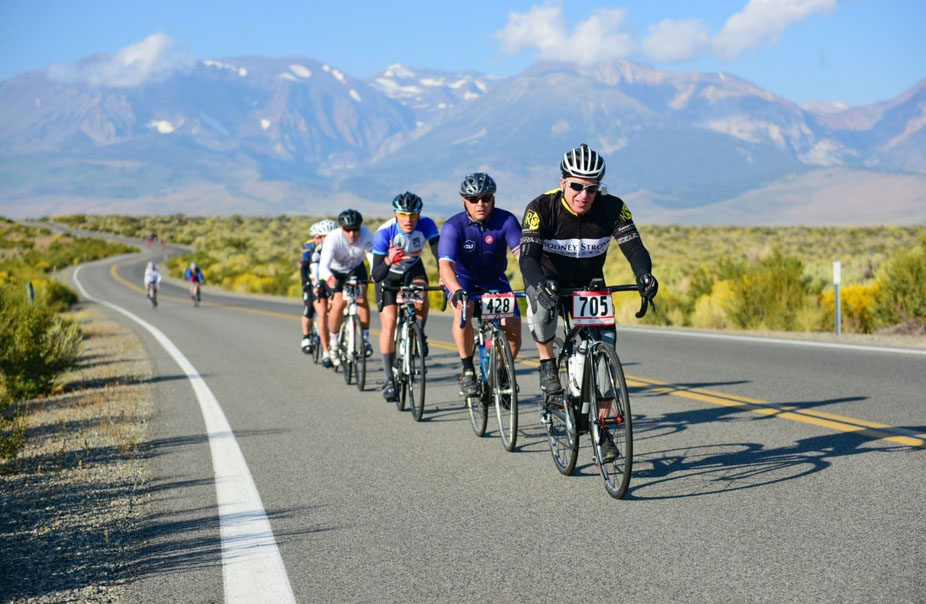
For those of use that do not know, what does a president of a synagogue do? Is it ministerial or do you take part in services? What are some good experiences you had with that job? Did it make you wish the you had studied religion harder as a child?
I served on the board of my synagogue for something like 14 years, becoming President just as we completed construction of our own facilities after having shared space with a United Methodist Church for over 30 years. It was an awesome responsibility, and like no other nonprofit Board I’ll ever serve on, because my Judaism defines me.
The Jewish concepts of the oneness of G-d and humanity, its commandments to welcome the stranger, care for the less fortunate, and the related doctrine of “Tikkun Olam”, which means literally to help fix the world but which many Jews like me take on as a duty to make this, the world we live in, a better place, are the reasons I serve on every nonprofit Board I’ve ever served.
Presidents of Jewish congregations don’t have religious duties. As with any nonprofit, the president and the board are fiduciaries, who govern the policies of the synagogue that are not spiritual, like religious school administration, rabbinic and staff hiring and compensation, fundraising (including raising all the money to build our own facility). The rabbis and cantors are the spiritual leaders.
I studied Judaism and other religions as a kid and in college, and at 15, my confirmation class curriculum was to study and attend mass and services at all the other denominations’ houses of worship in our community. It was eye-opening and so helpful.
Is it true that your house burnt down in the Sonoma fires? Tell me about that experience.
Yeah, it’s true. Here are links to two news stories about our family’s experience, since I’m so tired of talking about it and even more tired of living it. One story was published a few days after the fire. The second was published six months later. Both have photos I took of our property the morning after, while our houses were still burning:
JWeekly Article: October 11, 2017 Families Tell Of Homes and Memories Lost In The Flames
JWeekly Article: April 19, 2018 4 Tales From the Fire Zone
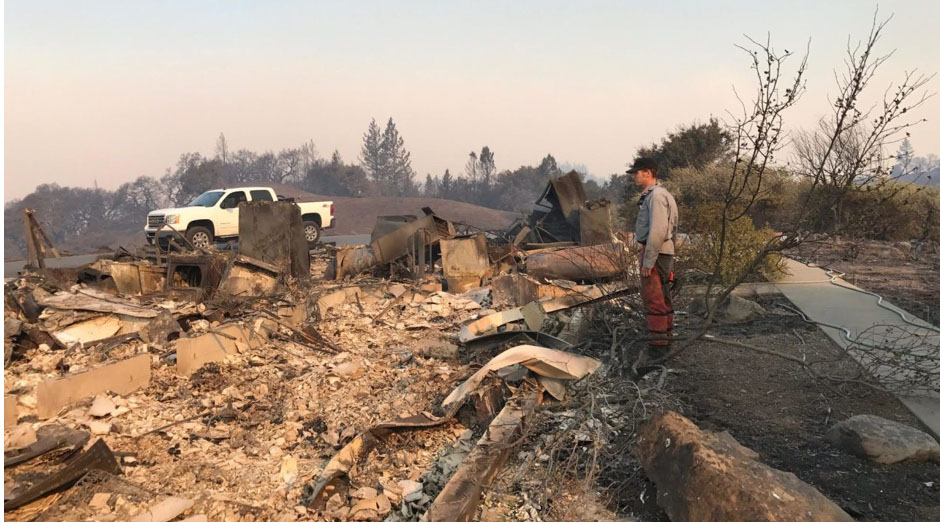
After what I just told you about my religious experience, you won’t be surprised when I distill into two words what it’s like to have one’s home (which we designed and had built for us back in 1995) burn in a wildland fire, and to have my parents’ home burn in that fire as well: Oy vey.
I presume you had to take time off of work. It must have been a struggle because we all face pressure to bill hours and be productive.
I was in my office two days after the fire, putting together legal and insurance resources for fire victims to post on our firm’s website. Our firm was closed for a week, although I was the only partner who lost a house and only two other attorneys lost their houses. That’s how severely the evacuations affected our community. That said, I have missed a ton of work over the past 18 months since the fire so I can deal with all the post-fire issues and to get me and my parents back into new homes.
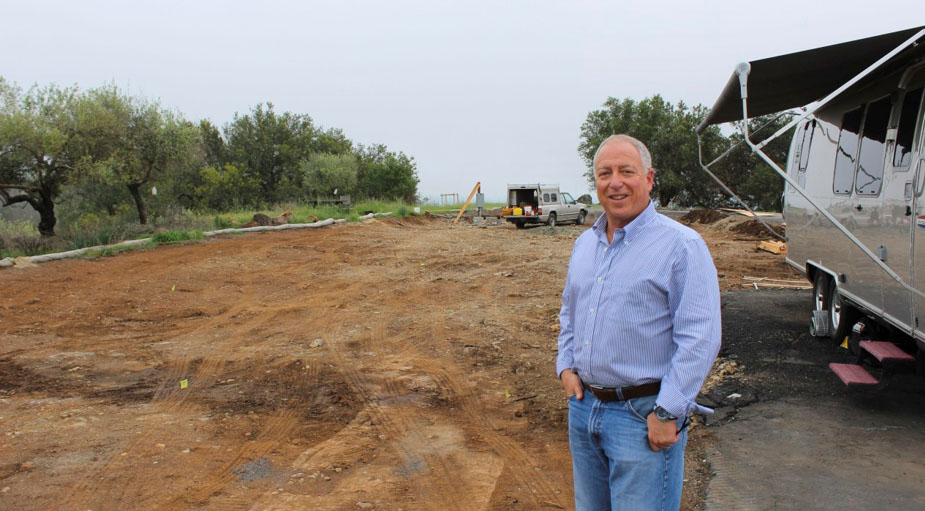
What are you doing for housing? How about your former neighbors? Are you going to move back home?
We are rebuilding. Since the fire 18 months ago, it feels like we’ve lived out of suitcases. It’s not like we took much with us when we evacuated but it still feels weird. We’ve rented two different homes, the first of which was fully furnished, about 15 miles north, in Healdsburg. That was a great coincidence as the house belongs to friends who were going to be out of the area for well over a year. We shared that house with my parents (it was a really big house!). When our friends decided to return early, we moved to an unfurnished rental in Santa Rosa, and since then we’ve had to start buying stuff for the new house. It’s fun sometimes, but I’d rather not have to spend my time doing it. After all, we loved our home and all the history of our family’s art, dishes, silverware, books, furniture, etc. To anyone who says “Yeah, but remember, it’s just stuff”, I say: “Don’t try to make me feel better that way. You’re not helping. Yes, it was ‘stuff,’ but it was MY stuff. It was MY family history. It was MY gateway to a memory of someone I loved. Go get the 30-odd Reyn Spooner Hawaiian shirts I collected over the years, many from my Uncle Bob whose son gave them to me when Bob died. Go get my dear, deceased grandmother to make me another needlepoint prayer shawl bag like she did for my Bar Mitzvah, one that has her beautiful hand-written note to me inside it. Then tell me ‘It’s just stuff.’”
What kind of memories did you lose that were especially significant? How do you plan to rebuild from that loss?
I kind of just answered the first part of that question. How does one rebuild from that loss? By asking family and friends to send you copies of photos, mostly. I can’t replace the original artwork collected by my grandparents and passed down to me, much less the original art and notes and gifts my son gave me and my wife over the years. I can’t replace the old VHS tapes of his early years. I just have to be happy that I grabbed computer hard drives and hard copies of old documents.
It’s amazing what you don’t think to pack up when you’re spending your pre-evacuation time outside chain sawing trees and bushes in hopes you’ll save your house.
We did the best we could, and we try always to laugh through the tears. Like I told my wife a couple days afterwards: “Hey, that fire made it really easy for me to finally clean out the garage like I’d been promising!”
OK, so back to lighter subjects, how do you see the CLA shaping up differently in the future?
I’m thrilled about the new organization and what we can do for our profession by being independent of the State Bar. I’m also delighted with the CLA’s Executive Director, Ona Dosunmu. She’s so engaged and accomplished. She and our leadership are already making strides to better promote excellence in our profession.
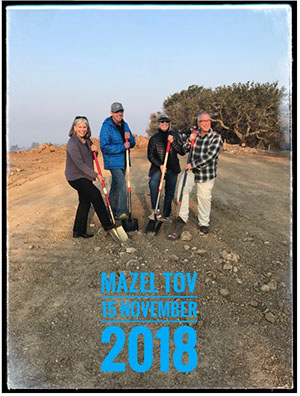
What do you think we can do to improve what CLA does for real estate attorneys across California?
We can continue our history of getting current, practical information about developments in the law, and practice aids and tips, into the hands of our members using all methods of communication our members find useful.
If you had to give a CLE next week what would you speak about and why?
I’d talk about the legal issues being raised by sea level rise and the need for the law to change as necessary to allow us to adapt to climate change. It’s inescapable. It’s the future. And it’s here. Now.
I see you are a partner at Perry, Johnson, Anderson, Miller & Moskowitz. Tell me about what your firm does?
We’re a full-service firm. There’s not much we don’t do. We represent everyone from moms and pops to Fortune 100 companies who have interests or matters in Northern California.
What is your particular area of focus?
I head the firm’s real estate and business law practice groups. At any given time, you’ll find me working on deals involving real estate purchases, sales, leasing and land use, business structuring, formation, sales, M&A, and construction transactions. I serve as outside general counsel to many different types of businesses, including wineries, architectural and engineering firms, real estate brokerages, and real estate development firms.

16. Is it true that you have partner meetings on Saturday mornings? How and why does that work?
It’s true, and it works because it’s a fun group of people who like each other. Plus, we do it at a great local restaurant, and there’s no pressure to get out of the meeting to take a client call or meeting since it’s 7 am on Saturday. Hey, the firm started with a post-softball tournament conversation at a bar, and our initial partnership agreement was written on a napkin. Why would a Saturday morning partners’ meeting be weird after that inauspicious beginning?
Who’s your favorite attorney in your firm? Just kidding, what do you like about your firm’s size and the people who work there?
It’s small, and we know each other. It’s a fun group. The partners all pull as hard on the oars as the associates, and often harder. And we still play softball and go out afterwards.
Tell me about your experience before the Perry firm. I see you were in Southern California. Why SoCo and why the jump up north?
We loved being in LA for a while. We went so my wife could get her MBA from UCLA’s Anderson Graduate School of Management. It was fun to be near my family again as I grew up in Southern California, but after transferring from UCSD to UC Berkeley in 1984, I fell in love with the North State and wanted to move to Sonoma County, where my wife was born and raised and we have a lot of family. My parents followed me here in 1995, and my youngest brother lives nearby in Marin County.
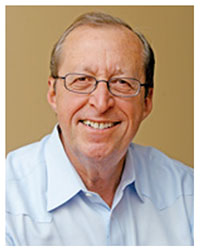
Who has been the most influential to you as a mentor or teacher, etc.? Why?
My stepdad, Burt Fohrman. I always adored him and respected him, but I did everything I could think of NOT to be a real estate attorney like him.
Maybe I tried to avoid it just because it was so familiar to me, but in any case… I didn’t want to try to follow in the footsteps of a guy who’d headed the entire real estate practice at Jones Day and led White & Case’s offices in Tokyo and San Francisco. I saw enough of big firm practice through dinner table discussions to know it wasn’t for me, so after college I worked for a real estate developer I’d met, then got offered a job in the State Senate’s policy research think tank, where I researched and wrote, including drafting and working some legislation. I realized at that point that I actually liked the law because of me, not because of my admiration for Burt, and I went to law school.

Burt discouraged me, saying there were a lot of easier ways to make a good living other than being an attorney, but being someone’s kid often means ignoring their advice and I went to law school anyway. As it turns out I did well there, and I love my work as a real estate attorney.
What is your favorite trip/vacation you have taken and why?
I’ve been lucky and I’ve been a lot of places. Asia and Europe several times, Turkey, Israel several times, and even Kenya, Tanzania, and Uganda. But my favorite vacation is either skiing (anywhere) or sitting on the sand at L Street beach at the end of the Balboa Peninsula with my wife, my son, my brothers and their families, my parents, and my cousins. We’ve had a family place there since 1972, and it’s my “happy place.”
